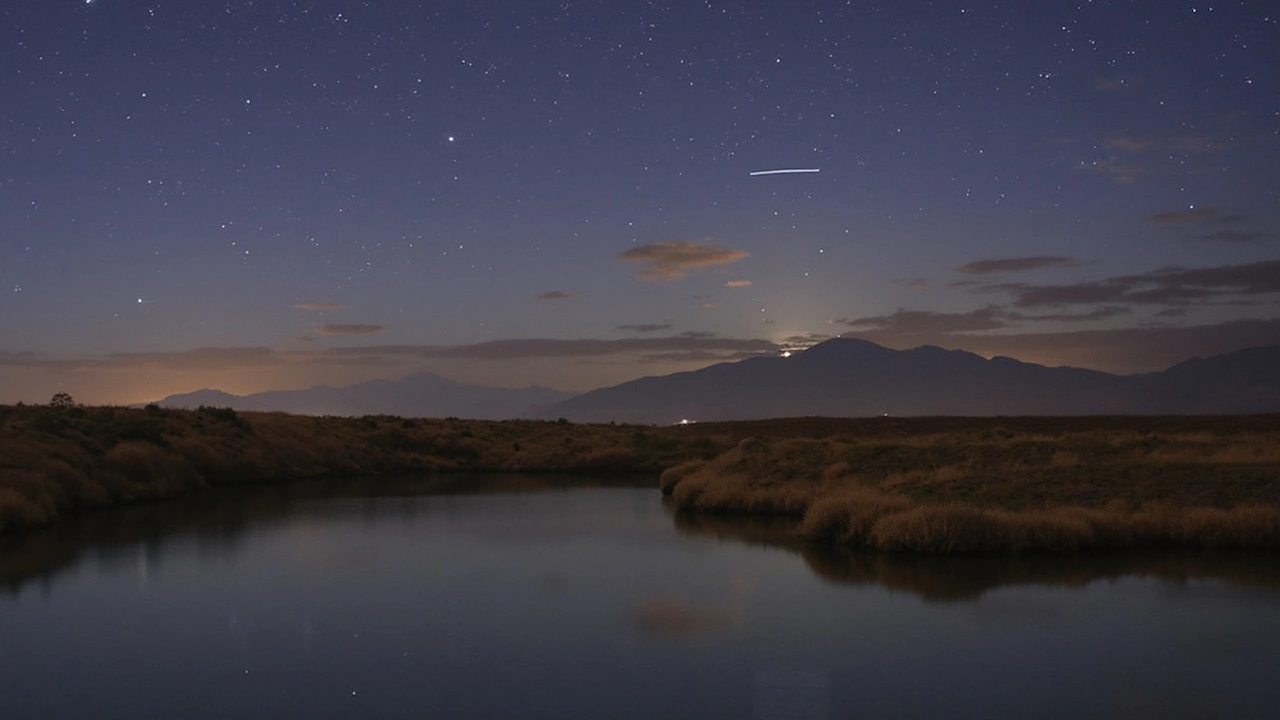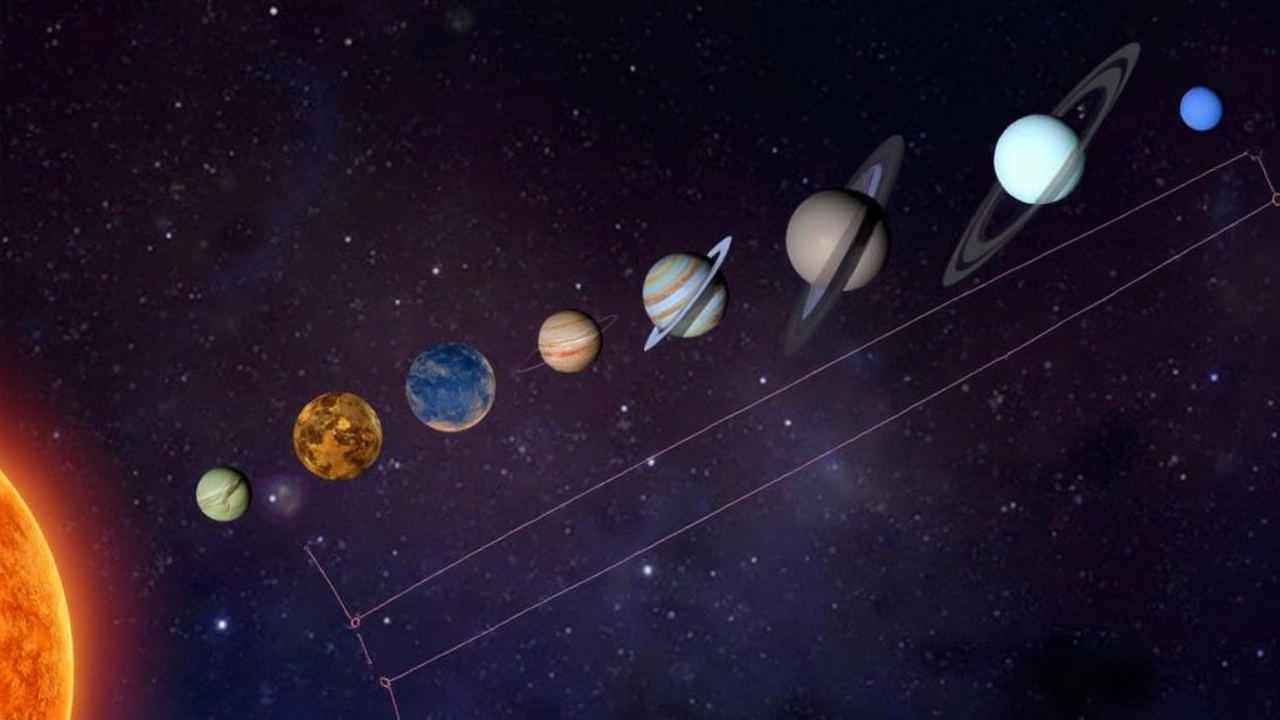Delta Aquariid Meteor Shower: Southern Hemisphere’s Midnight Show
July 2025 is stacking up to be a thrilling stretch for anyone who loves looking up. The Delta Aquariid meteor shower will hit its peak late in the month, turning dark, southern skies into a gentle fireworks display you can enjoy right from your backyard. Mark July 29-30 on your calendar—the Delta Aquariids top out at about 7 to 8 meteors per hour if you’re south of the equator and far from city lights. These meteors are best spotted after midnight, when the Moon dips low enough to cut back its brightness.
Northern sky watchers aren’t completely out of luck, but you’ll likely see just a handful of shooting stars sneaking along the southern horizon. If you want to maximize your chances, use bright Saturn hanging above the Aquarius constellation as your anchor point. That’s where the Delta Aquariid meteors seem to spring from.

Distinguishing Meteor Showers and Catching the Planet Parade
Complicating matters, the Perseid meteor shower starts around mid-July and overlaps with the Delta Aquariids. The Perseids are more famous, but they aren’t at their best until August. Still, you might spot some Perseid meteors streaking from the northeast to north. Here’s a trick to tell them apart: Delta Aquariids burst from the south (Aquarius), while Perseids shoot from Perseus in the north.
The Perseid peak, set for August 12-13, could be a letdown thanks to a nearly full Moon—over 80% illuminated. That’s going to drown out all but the brightest meteors, so if catching a meteor shower is on your summer bucket list, late July is the golden window.
And that’s not the only spectacle coming up. If you’re an early riser or just not ready to call it a night, you’ll have a shot at spotting a lineup of planets before dawn on July 30-31. This “planet parade” arcs from east to south and shows off Jupiter, Venus, Uranus, Saturn, and Neptune all at once. You won’t need a telescope for the big ones like Jupiter and Venus, but binoculars can help you spot fainter Neptune and Uranus.
- Best times for meteors: After midnight, July 29-30, with the Moon low in the sky
- Where to look: Southern horizon (Delta Aquariids), northern sky (Perseids), eastern-to-southern sky before dawn for planets
- Avoid city lights and find a clear horizon for your best shot at seeing shooting stars or planets
There’s a bonus for the astronomy die-hards: the July chi Arietids are still doing their quiet thing into August, but don’t expect more than a blip—less than one meteor per hour. They’re more like background noise to the main show.
So whether you’re shopping for a new telescope or just stepping outside with a cup of coffee, July’s night sky is set to deliver some real summer magic. If clouds get in the way, hang in there—a bigger planet parade is coming next month!
